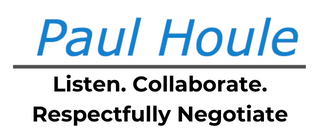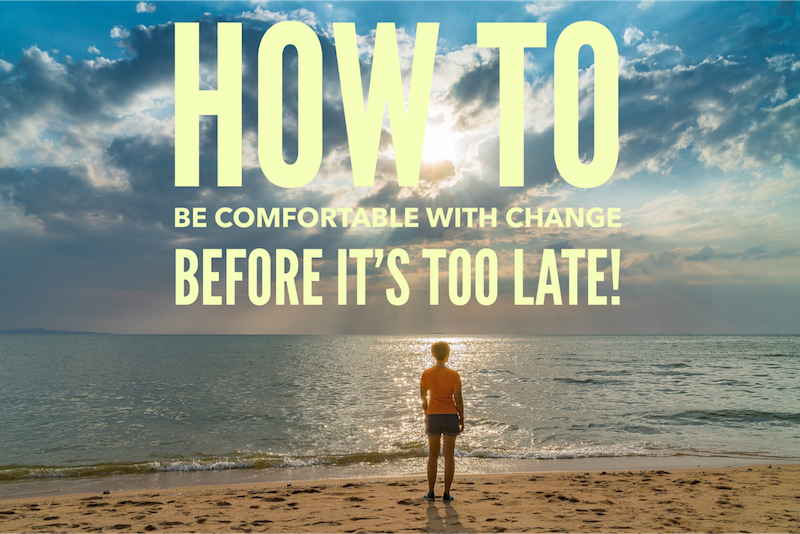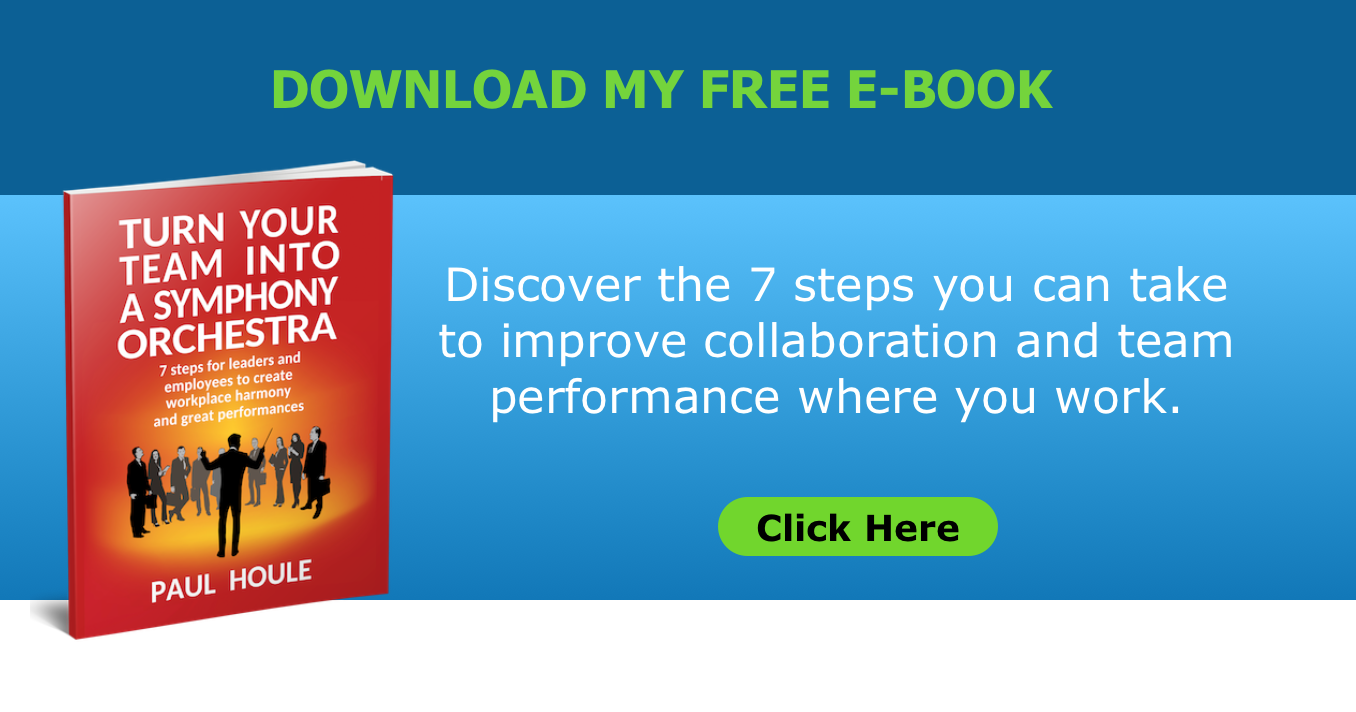My wife and I recently did a small renovation to our home. We even brought in a couple of designer guys to help us out.
It was surprising how emotional it was.
As the old furniture, travel trinkets and cheap art on the walls got given away to family or sold to strangers, I couldn’t help but look at most of it with some degree of affection. Weird, I know. It's only stuff.
But they were items we had bought together when we got our first house. Some items were even from the apartments we lived in before becoming homeowners.
As attached to that stuff as we were, we knew it was time for a change.
It was time a couple years earlier but we couldn’t see it yet. My thanks go out to our friends and family for not mentioning that.
As time went on, we began feeling that much of what we had accumulated didn’t fit who we were and how we wanted to live.
At that point, changing it became a big priority. We spent every spare moment surfing furniture sites on-line. We looked at catalogues and gathered ideas. I know - we really know how to live!
As each new item entered our home, the older pieces still around became much less attractive. Once we had made all our furniture choices, we couldn’t wait for the new stuff to arrive.
But here’s the thing... Even though we orchestrated this change, we weren’t completely sure we were going to love the new as much as the old.
Well, guess what? This doesn’t only happen with furniture. It happens in many other aspects of our lives.
Why? Because change is fraught with fear, but, as experience has taught me, you just have to go for it anyway.
The trick is to know how to give yourself the confidence to make the big move.
We all lie at different places on the change comfort spectrum.
The way we set up our lives does a lot to convince us that we are not creatures of change. We spend our lives trying to mitigate change. We get a good education, a good job. We establish security in as many aspects of life as possible. But as we do that, we essentially kill our resilience to change. You can read more about how you can regain your resilience to change here.
Many of us don’t like it when some external force makes changes in our lives for us. And most of us are slow to make changes for ourselves.
Think about it. Do you have a favourite place to park when you go to work? Do you tend to always buy your food from the same grocery store even though there are lots of choices around you? Order from the same pizza place? I know I do. We’ve all got our place for this and that.
We all lie at different places on the change comfort spectrum.
We all know people who are on the extreme end of the spectrum. They change jobs, cars, houses, and more, with surprising frequency. But most of us are on the lower end of the spectrum.
Once in a while, the thought crosses our minds that we need a change. We’re feeling stagnant in some aspect of our life. We know we need to make a change but we're waiting to feel sure. That’s the thing about change. You’re never sure until you make it through. You might think you need it but you’re scared to do it. And even when you finally decide to do it, it ain’t going to be easy.
And it’s not until you’re on the other side of change that can you look back and say to yourself, “I am so glad I did that!”
"It’s funny how things you worked hard to get eventually become things you want to be rid of, including yourself." Paul Houle
When you make the change, the change makes you.
When I started free-lancing as an orchestral percussionist, I was hired to play the standard percussion instruments: snare drum, bass drum, xylophone – you get the idea. All these instruments are played with sticks or mallets.
If I ever got a call to play Congas (a set of Cuban hand drums), I would pass that work to off to someone else. I considered those instruments out of my area of expertise, as was any other hand drum.
Truth be told, I was scared of hand drums. They were out of my instrumental comfort zone. Even the West African drumming I did (read about that here) was more of a stick drum tradition.
But there was something about hand drums I was attracted to. Making music with your hands seemed so cool, as was Cuban music in general. I found it all too irresistible to ignore.
So I bought a set of congas, some method books and a couple of videos. I found a teacher, had a few lessons and practiced.
Then it happened.
Out of the blue, the Royal Conservatory of Music asked me to be part of a pilot program (LTTA) working with school kids using hand drums. It wasn't about teaching drumming or even music. It was about using drumming to help kids understand math, science, geography, social studies and more. I would teach at some of the toughest schools in Toronto. It was a cool concept. It was scary.
They sent me out to buy a whole bunch of hand drums. I chose drums from as many different countries as I could and I included those congas. I had a few weeks to prepare.
This was the beginning of a path that dramatically changed my life.
Paul Houle - school workshop 1998
Over the next few weeks, I immersed myself in hand drumming. I learned to play drums from a variety of cultures. I learned about their cultural significance. I became a jack-of-all-trades – master-of-none kind of hand drummer.
The program was very successful. In the following 5 years, I taught over 1000 workshops using those hand drums.
Soon after, I made another scary change. I started my own business presenting experiential programs on teamwork, leadership and diversity to the corporate marketplace using hand drums. That was almost 20 years ago and it’s still going strong.
My recent change is that I am doing more writing and it’s also scary as I put these words before you.
Building up Courage
I was fortunate that I was able to take advantage of an opportunity to grow. Had that opportunity not come up, I am not sure how long I would have waited to get more into hand drumming. I was dabbling but I was scared.
I am also not sure when and if I would have had the courage to start my own business. I made it through two scary steps by being willing to take the risk to change.
Was it scary? You bet! Was it worth it? You bet!
All that has happened shows me how important it is to take advantage of opportunities to change. Because if you don’t, one day you’ll be sitting around looking at yourself and feeling like things aren't the right fit anymore. My advice- don’t wait until then.
Making a change is all about finding a degree of comfort with the risk that you want to take.
Here are some things you can do to be confident with change before it's too late.
1) You can build up courage by reading stories like mine or by talking to other people. Talk to people about the changes they have made in their lives. This will add to your confidence factor. It will help you build the steps in your head.
After this even if things don’t progress the way you think it will, (most things don’t), you’ll at least have an idea of how things might progress. You‘ll at least have a plan that you can deviate from.
2) You can do what we did with our furniture. Consult with someone who can tell you how to make the change and show you what it will look like. There are lots of career counseling companies and life coaches out there.
3) You may be able to break up the change into smaller steps. This is what I was able to do to start my business. Teaching in the school gave me a testing ground. I gained a great deal experience while developing my expertise in another area.
After I worked with kids, I worked with teachers and school administrators. They were my test groups before I moved in to the corporate marketplace.
But know this:
Reading stories or talking to lots of people won’t take away all the fear, because you’re the one who’s going to make the jump.
But there’s an upside.
If there’s no fear, then you’re not doing something big enough!
Get ready!
So, you want to make a change? Start doing some reading. Talk to some people. Dip your foot in the water of something new and you’ll begin to feel the excitement that will overtake the fear one day.











